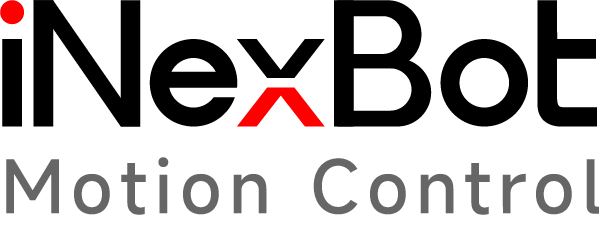On-load Dynamics in NexDroid
2021-12-30
The NexDroid system is equipped with built-in on-load dynamics features such as torque feedforward, collision detection, and drag teaching independently developed by iNexBot.
iNexBot Robot Dynamics (bilibili)
Torque Feedforward
The torque feedforward function aims to predict the motion of the robotic arm before it actually moves and adjust and optimize for potential deviations. For instance, the arm may experience vibrations in certain attitudes or when carrying loads. Through torque feedforward, we can anticipate the torque required for each joint during motion, thereby reducing overshoot during the movement, which translates to suppressing the arm's vibrations.
Torque feedforward not only mitigates vibrations but also enhances the arm's operational speed, reduces position tracking errors, and improves the smoothness of its motion. In terms of use, after completing the dynamic identification, simply switch on the torque feedforward function to apply it during the execution of the job programs.
In practical applications, it is only necessary to provide the mass and offset of the load to apply the on-load dynamics functions to production. Additionally, during the production process, the load condition at the end of the robotic arm can be updated through instructions, greatly enhancing the flexibility of the functions.
By combining on-load dynamics functions and torque feedforward capability, we can significantly reduce vibrations in robotic arms when they handle heavy loads. This approach also boosts the arm's movement speed and performance.
Drag Teaching
The dynamics-based drag teaching method eliminates the need for an external force sensor, allowing even conventional 6-axis robots to perform smooth drag teaching. It also enables recording and playback of drag trajectories. Simply provide the load's mass and offset values to facilitate dragging with a load.
iNexBot Drag Teaching (bilibili)
Collision Detection
The collision detection function of on-load dynamics can be adapted to any 6-axis robot. It can achieve high sensitivity even without external sensors. It can work reliably even under load conditions, significantly reducing the occurrence of production accidents.


